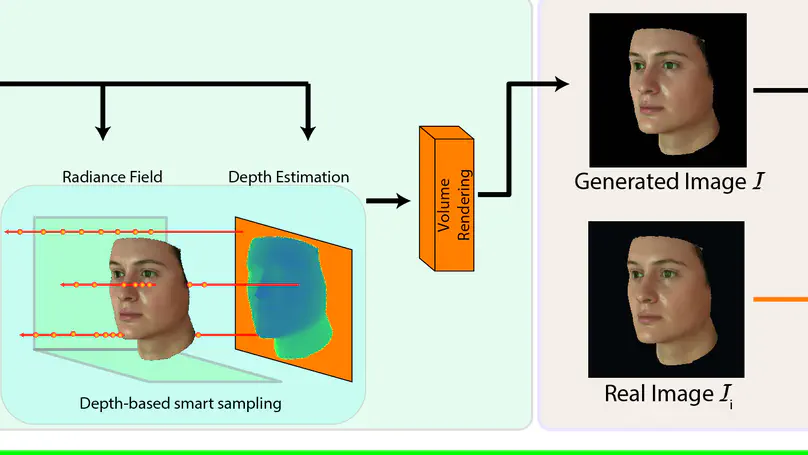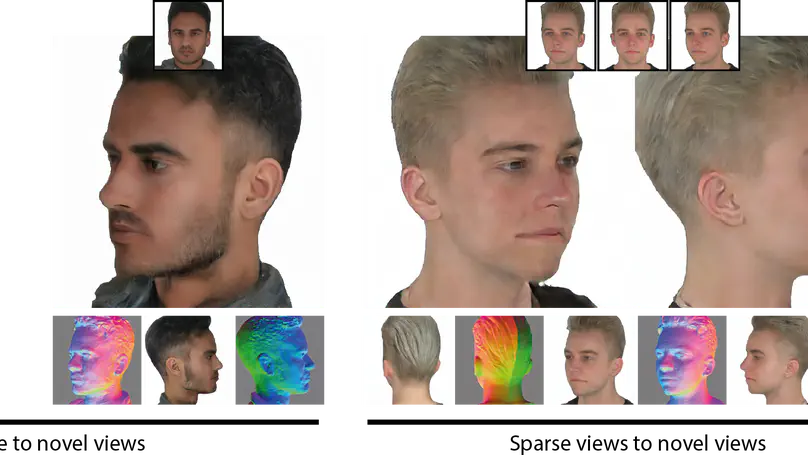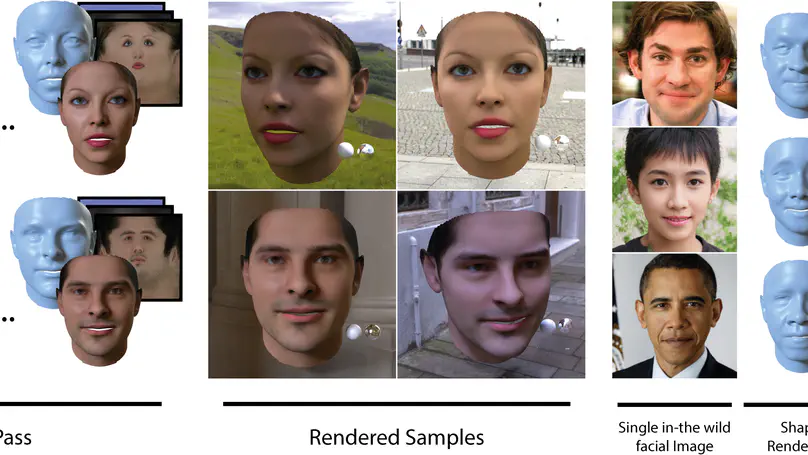Biography
I am excited to use my industry and academic experience to bring cutting edge Computer Vision research to life. My interests lie in the field of Computer Vision particularly in tackling intricate challenges related to human faces and bodies. These encompass areas such as 3D facial reconstruction from monocular images, facial avatar generation, as well as engaging in dataset creation efforts.
- Artificial Intelligence
- 3D Face Reconstruction
- Computer Graphics
PhD in Artificial Intelligence, 2021-2025
Imperial College London
M.Eng. in Electrical & Computer Engineering, 2019
National Technical University of Athens
Experience
Publications

Abstract Facial 3D Morphable Models are a main computer vision subject with countless applications and have been highly optimized in the last two decades. The tremendous improvements of deep generative networks have created various possibilities for improving such models and have attracted wide interest.

